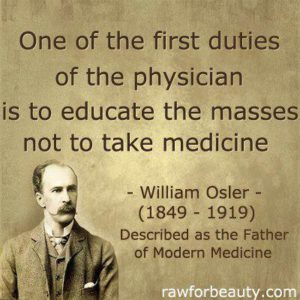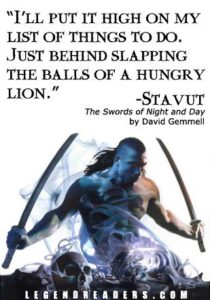Our Health Is More Valuable After We Lose It
 Oh how I wish this were not the case!
Oh how I wish this were not the case!
If you don’t consider your health the second most valuable asset you have (after your personal integrity), please make a point of talking to some people who are not in good health. If you are adventurous you might ask them what they would like to do differently if they had their time over again.
Of course, they may or may not know what brought about their condition, after all, the medical profession have to justify their “not know” of the truth by saying “it’s just the luck of the draw” or “it’s all in the genes”.
I have heard it said that those who do not know history are condemned to repeat it.
I also read where one wit wrote, Those who do know history are condemned to watch others repeat it.
Having learned the 12 pieces to the jigsaw puzzle of good health I am incredibly keen to help others avoid the pitfalls, traps, lies and deceptions that form the barriers to maintaining optimal health.
After all, those who know the 12 factors involved in maintaining optimal health are condemned to watch others die for lack of knowing them. Watching others suffer is painful.
These 12 items are offered here, free of charge. I encourage you to take them aboard and investigate for yourself, the impact each of them has on your quality of life. That way you will have a rock solid certainty on them.
Most people do not have the 2,000 hours it has taken taken me to research and find the data necessary to gain an understanding of how each of these factors impact on health and to compile it.
That is one reason I have compiled what I have learned into a two volume set. To save you the time and trouble of sifting through the morass of conflicting data out there.
If you wish to avail yourself of it, the book is available at www.defeatdegenerativedisease.com as a downloadable eBook. If you prefer to read a physical book rather than on a computer screen, drop me a line or give me a call.
If You Think Eating Healthy Is Expensive…
I’ll Put It High On My List Of Things To Do
Twenty-eight containers transform orphanage in South Africa
The project used 28 containers, each 12 m by 6 m (40 ft by 20 ft) in size, used both vertically and horizontally.
http://www.gizmag.com/shipping-container-orphanage/26227/
Job Interview Tips
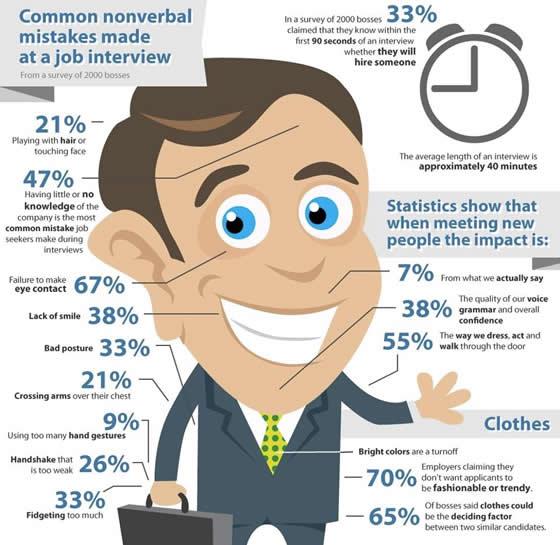
The Folded Napkin – A Truckers Story
There’s many people doing it tough out there.
The bad guys at the top, they don’t care.
They’re too busy making it hard for people to share.
So spend your $ wisely and make the system more fair.
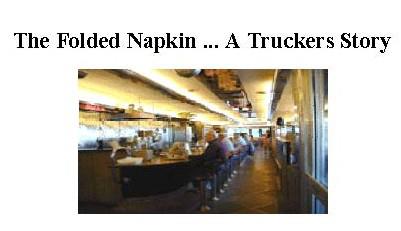
I try not to be biased, but I had my doubts about hiring Stevie. His placement counselor assured me that he would be a good, reliable busboy. But I had never had a mentally handicapped employee and wasn’t sure I wanted one. I wasn’t sure how my customers would react to Stevie. He was short, a little dumpy with the smooth facial features and thick-tongued speech of Downs Syndrome.
I wasn’t worried about most of my trucker customers because truckers don’t generally care who buses tables as long as the meatloaf platter is good and the pies are homemade. The four-wheeler drivers were the ones who concerned me; the mouthy college kids traveling to school; the yuppie snobs who secretly polish their silverware with their napkins for fear of catching some dreaded “truck stop germ” the pairs of white-shirted business men on expense accounts who think every truck stop waitress wants to be flirted with. I knew those people would be uncomfortable around Stevie so I closely watched him for the first few weeks.
I shouldn’t have worried. After the first week, Stevie had my staff wrapped around his stubby little finger, and within a month my truck regulars had adopted him as their official truck stop mascot. After that, I really didn’t care what the rest of the customers thought of him. He was like a 21-year-old in blue jeans and Nikes, eager to laugh and eager to please, but fierce in his attention to his duties. Every salt and pepper shaker was exactly in its place, not a bread crumb or coffee spill was visible when Stevie got done with the table.
Our only problem was persuading him to wait to clean a table until after the customers were finished. He would hover in the background, shifting his weight from one foot to the other, scanning the dining room until a table was empty. Then he would scurry to the empty table and carefully bus dishes and glasses onto cart and meticulously wipe the table up with a practiced flourish of his rag. If he thought a customer was watching, his brow would pucker with added concentration. He took pride in doing his job exactly right, and you had to love how hard he tried to please each and every person he met.
Over time, we learned that he lived with his mother, a widow who was disabled after repeated surgeries for cancer. They lived on their Social Security benefits in public housing two miles from the truck stop. Their social worker, who stopped to check on him every so often, admitted they had fallen between the cracks. Money was tight, and what I paid him was probably the difference between them being able to live together and Stevie being sent to a group home. That’s why the restaurant was a gloomy place that morning last August, the first morning in three years that Stevie missed work.
He was at the Mayo Clinic in Rochester getting a new valve or something put in his heart. His social worker said that people with Downs Syndrome often have heart problems at an early age so this wasn’t unexpected, and there was a good chance he would come through the surgery in good shape and be back at work in a few months.
A ripple of excitement ran through the staff later that morning when word came that he was out of surgery, in recovery, and doing fine. Frannie, the head waitress, let out a war hoop and did a little dance in the aisle when she heard the good news. Bell Ringer, one of our regular trucker customers, stared at the sight of this 50-year-old grandmother of four doing a victory shimmy beside his table. Frannie blushed, smoothed her apron and shot Belle Ringer a withering look.
He grinned. “OK, Frannie, what was that all about?” he asked.
“We just got word that Stevie is out of surgery and going to be okay.”
“I was wondering where he was. I had a new joke to tell him. What was the surgery about?”
Frannie quickly told Bell Ringer and the other two drivers sitting at his booth about Stevie’s surgery, then sighed: “Yeah, I’m glad he is going to be OK,” she said. “But I don’t know how he and his Mom are going to handle all the bills.
From what I hear, they’re barely getting by as it is.” Belle Ringer nodded thoughtfully, and Frannie hurried off to wait on the rest of her tables.
Since I hadn’t had time to round up a busboy to replace Stevie and really didn’t want to replace him, the girls were busing their own tables that day until we decided what to do. After the morning rush, Frannie walked into my office. She had a couple of paper napkins in her hand and a funny look on her face.
“What’s up?” I asked.
“I didn’t get that table where Bell Ringer and his friends were sitting cleared off after they left, and Pony Pete and Tony Tipper were sitting there when I got back to clean it off,” she said. “This was folded and tucked under a coffee cup.”
She handed the napkin to me, and three $20 bills fell onto my desk when I opened it. On the outside, in big, bold letters, was printed “Something For Stevie.
Pony Pete asked me what that was all about,” she said, “so I told him about Stevie and his Mom and everything, and Pete looked at Tony and Tony looked at Pete, and they ended up giving me this.” She handed me another paper napkin that had “Something For Stevie” scrawled on its outside. Two $50 bills were tucked within its folds.
Frannie looked at me with wet, shiny eyes, shook her head and said simply: “truckers.”
That was three months ago. Today is Thanksgiving, the first day Stevie is supposed to be back to work. His placement worker said he’s been counting the days until the doctor said he could work, and it didn’t matter at all that it was a holiday. He called 10 times in the past week, making sure we knew he was coming, fearful that we had forgotten him or that his job was in jeopardy.
I arranged to have his mother bring him to work. I then met them in the parking lot and invited them both to celebrate his day back. Stevie was thinner and paler, but couldn’t stop grinning as he pushed through the doors and headed for the back room where his apron and busing cart were waiting.
“Hold up there, Stevie, not so fast,” I said. I took him and his mother by their arms. “Work can wait for a minute. To celebrate you coming back, breakfast for you and your mother is on me!”
I led them toward a large corner booth at the rear of the room. I could feel and hear the rest of the staff following behind as we marched through the dining room. Glancing over my shoulder, I saw booth after booth of grinning truckers empty and join the procession. We stopped in front of the big table. Its surface was covered with coffee cups, saucers and dinner plates, all sitting slightly crooked on dozens of folded paper napkins.
“First thing you have to do, Stevie, is clean up this mess,” I said. I tried to sound stern. Stevie looked at me, and then at his mother, then pulled out one of the napkins. It had “Something for Stevie” printed on the outside. As he picked it up, two $10 bills fell onto the table.
Stevie stared at the money, then at all the napkins peeking from beneath the tableware, each with his name printed or scrawled on it. I turned to his mother.
“There’s more than $10,000 in cash and checks on table, all from truckers and trucking companies that heard about your problems. “Happy Thanksgiving.”
Well, it got real noisy about that time, with everybody hollering and shouting, and there were a few tears, as well. But you know what’s funny? While everybody else was busy shaking hands and hugging each other, Stevie, with a big, big smile on his face, was busy clearing all the cups and dishes from the table. Best worker I ever hired.
Plant a seed and watch it grow. At this point, you can bury this inspirational message or forward it fulfilling the need! If you shed a tear, hug yourself, because you are a compassionate person.
Well.. Don’t just sit there! Share this story!
Keep it going, this is a good one!
Yellow Dog Project
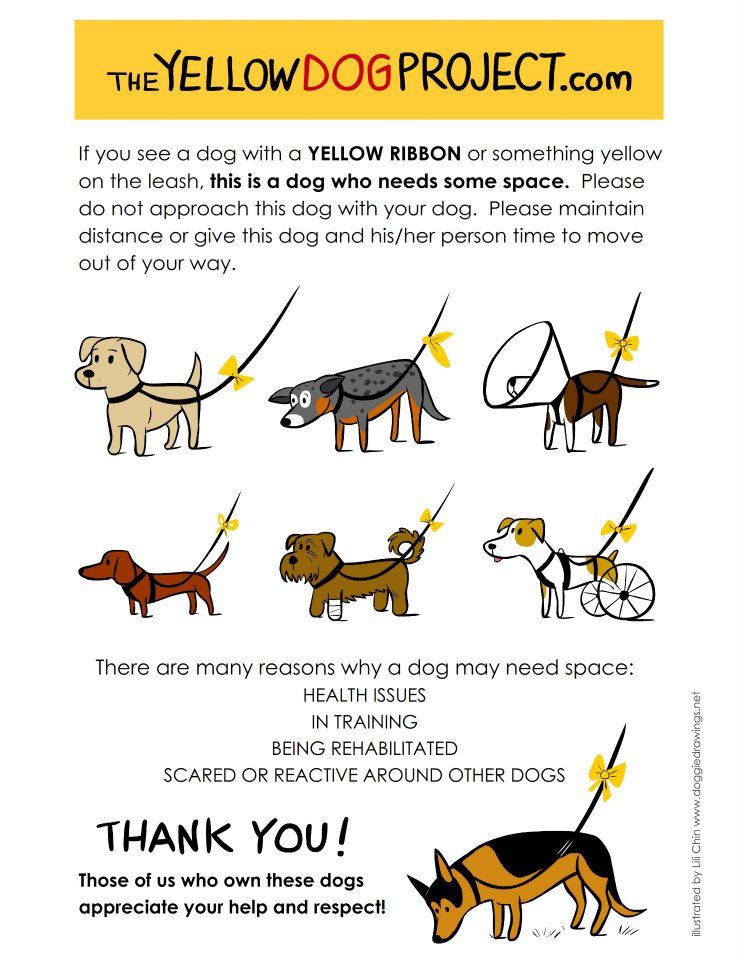
Candida Killers
An 87 Year Old College Student Named Rose

I don’t know if this is true or not.
I don’t care if this is fact or fiction.
In my humble opinion the message is pure gold and deserves to be given to you.
Do with it what you will.
The first day of school our professor introduced himself and challenged us to get to know someone we didn’t already know.
I stood up to look around when a gentle hand touched my shoulder. I turned round to find a wrinkled, little old lady beaming up at me
with a smile that lit up her entire being.
She said, “Hi handsome. My name is Rose. I’m eighty-seven years old. Can I give you a hug?”
I laughed and enthusiastically responded, “Of course you may!” and she gave me a giant squeeze.
“Why are you in college at such a young, innocent age?” I asked.
She jokingly replied, “I’m here to meet a rich husband, get married, and have a couple of kids…”
“No seriously,” I asked. I was curious what may have motivated her to be taking on this challenge at her age.
“I always dreamed of having a college education and now I’m getting one!” she told me.
After class we walked to the student union building and shared a chocolate milkshake. We became instant friends. Every day for the next three months, we would leave class together and talk nonstop. I was always mesmerized listening to this “time machine” as she shared her wisdom and experience with me.
Over the course of the year, Rose became a campus icon and she easily made friends wherever she went. She loved to dress up and she reveled in the attention bestowed upon her from the other students. She was living it up.
At the end of the semester we invited Rose to speak at our football banquet. I’ll never forget what she taught us. She was introduced and stepped up to the podium.
As she began to deliver her prepared speech, she dropped her three by five cards on the floor. Frustrated and a little embarrassed she leaned into the microphone and simply said, “I’m sorry I’m so jittery. I gave up beer for Lent and this whiskey is killing me! I’ll never get my speech back in order so let me just tell you what I know.”
As we laughed she cleared her throat and began, “We do not stop playing because we are old; we grow old because we stop playing. There are only four secrets to staying young, being happy, and achieving success. You have to laugh and find humor every day.
You’ve got to have a dream. When you lose your dreams, you die.
We have so many people walking around who are dead and don’t even know it! There is a huge difference between growing older and growing up.
If you are nineteen years old and lie in bed for one full year and don’t do one productive thing, you will turn twenty years old.
If I am eighty-seven years old and stay in bed for a year and never do anything I will turn eighty-eight.
Anybody can grow older. That doesn’t take any talent or ability. The idea is to grow up by always finding opportunity in change.
Have no regrets.
The elderly usually don’t have regrets for what we did, but rather for things we did not do. The only people who fear death are those with regrets.”
She concluded her speech by courageously singing “The Rose.”
She challenged each of us to study the lyrics and live them out in our daily lives.
At the year’s end Rose finished the college degree she had begun all those years ago. One week after graduation Rose died peacefully in her sleep.
Over two thousand college students attended her funeral in tribute to the wonderful woman who taught by example that it’s never too late to be all you can possibly be .When you finish reading this, please send this peaceful word of advice to your friends and family, they’ll really enjoy it!
These words have been passed along in loving memory of ROSE.
REMEMBER, GROWING OLDER IS MANDATORY. GROWING UP IS OPTIONAL.
We make a Living by what we get, We make a Life by what we give.

